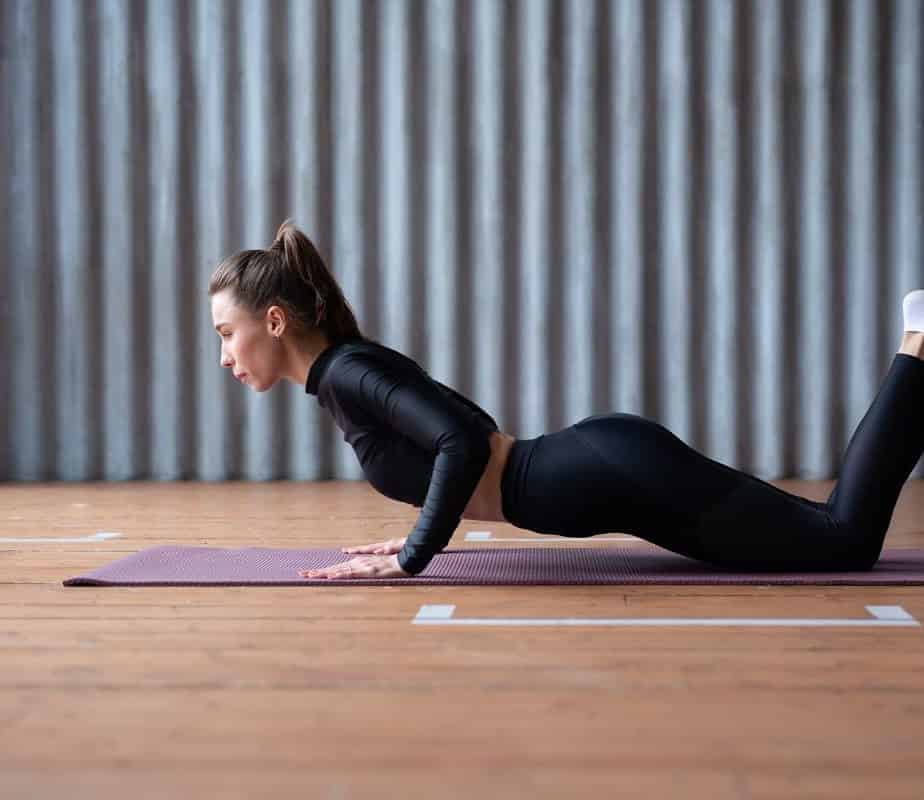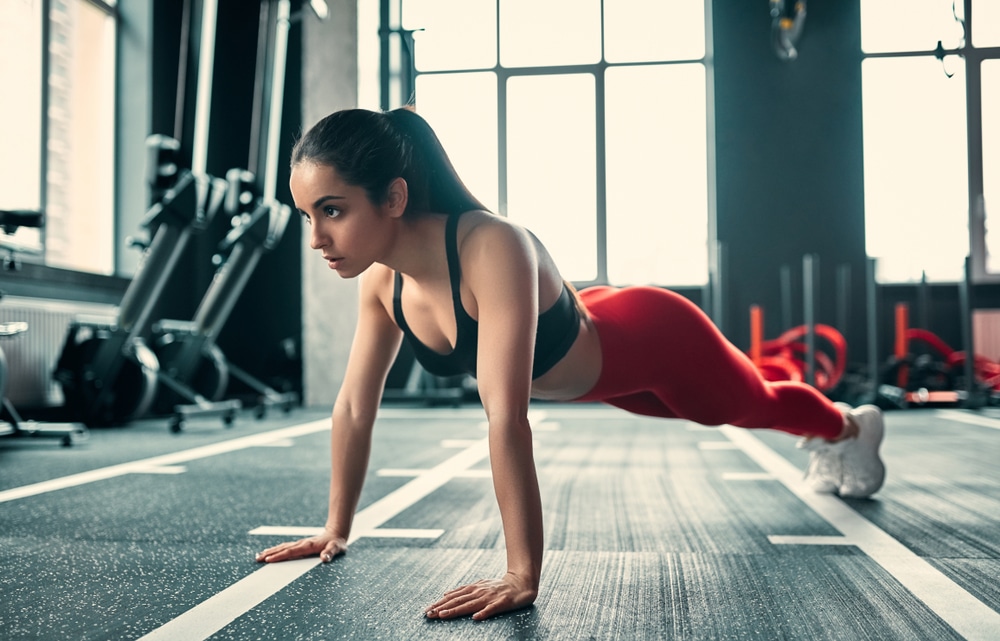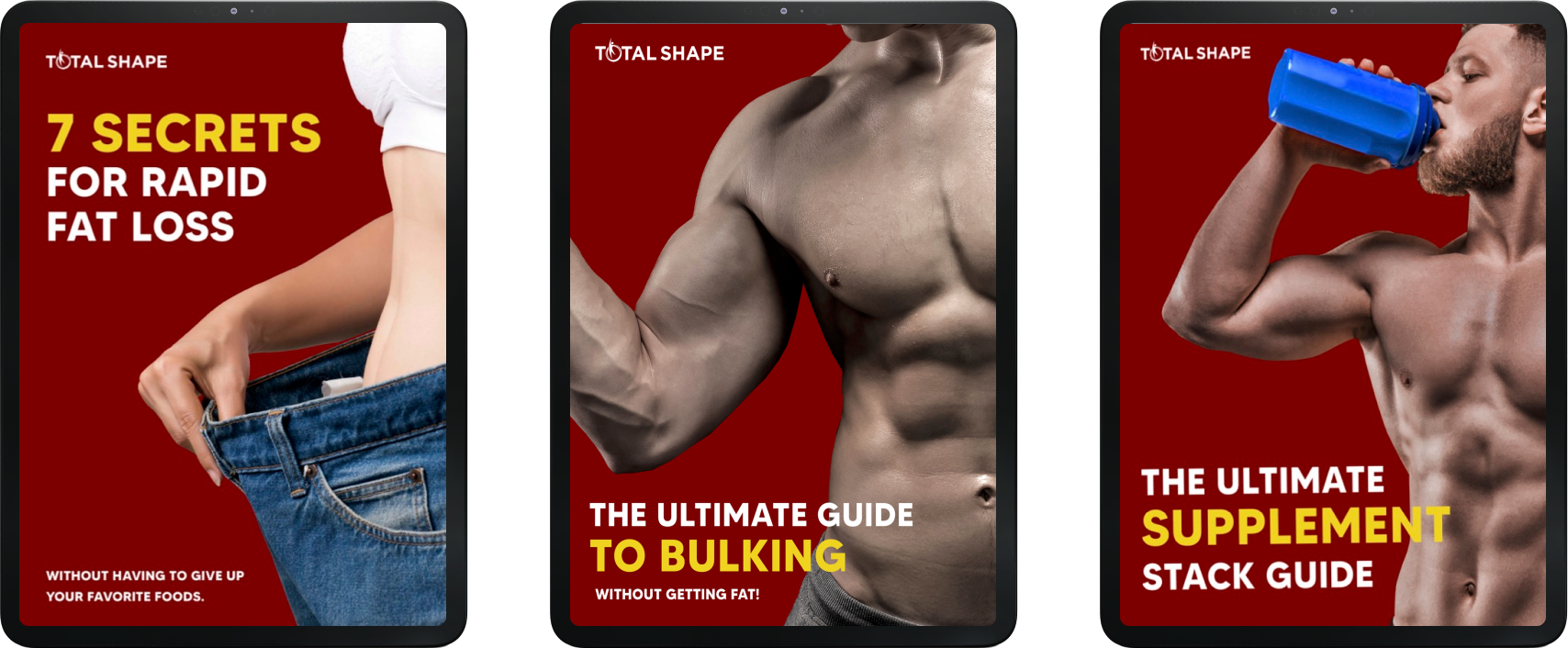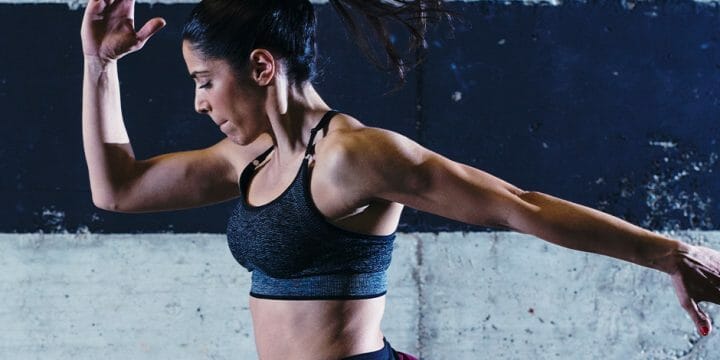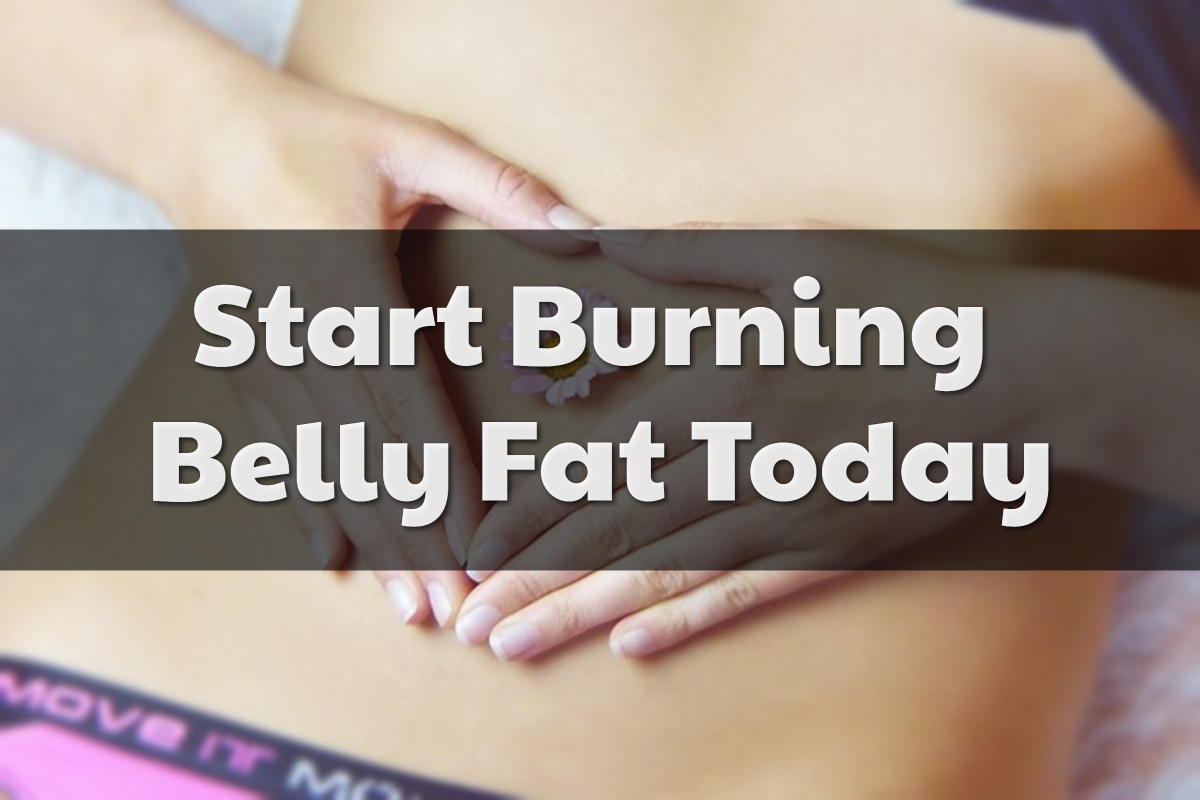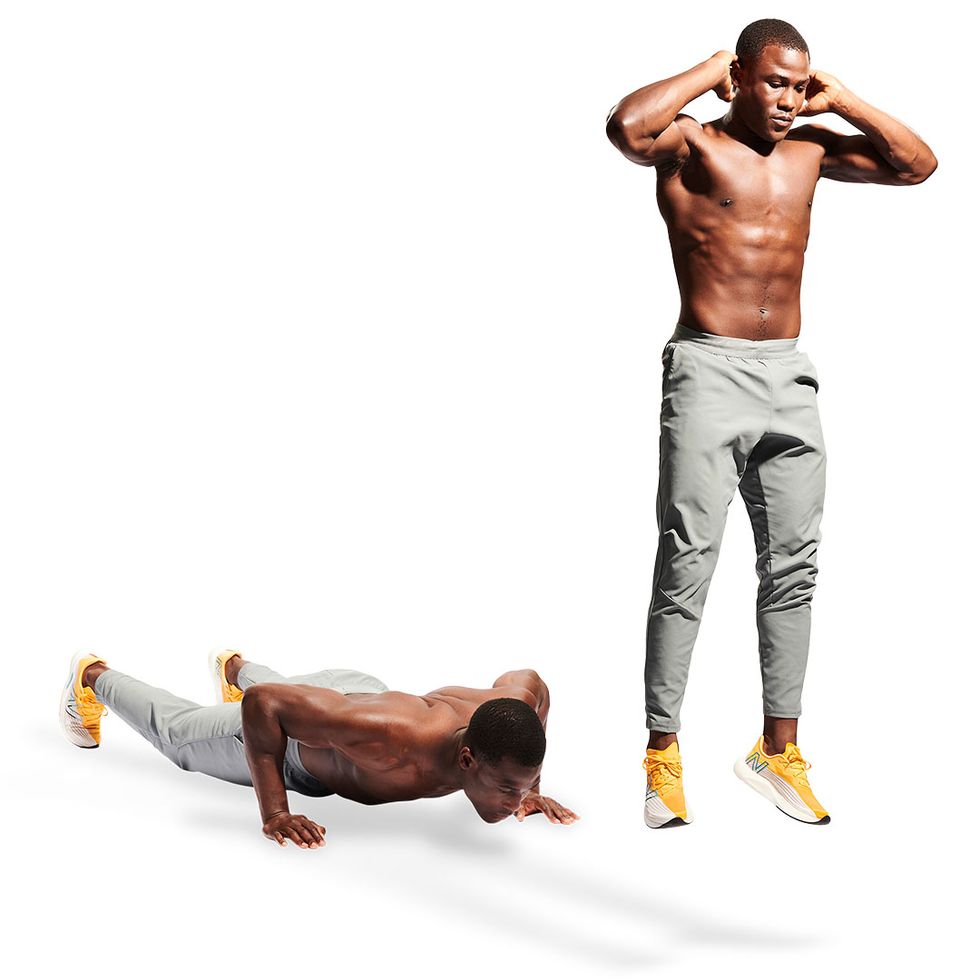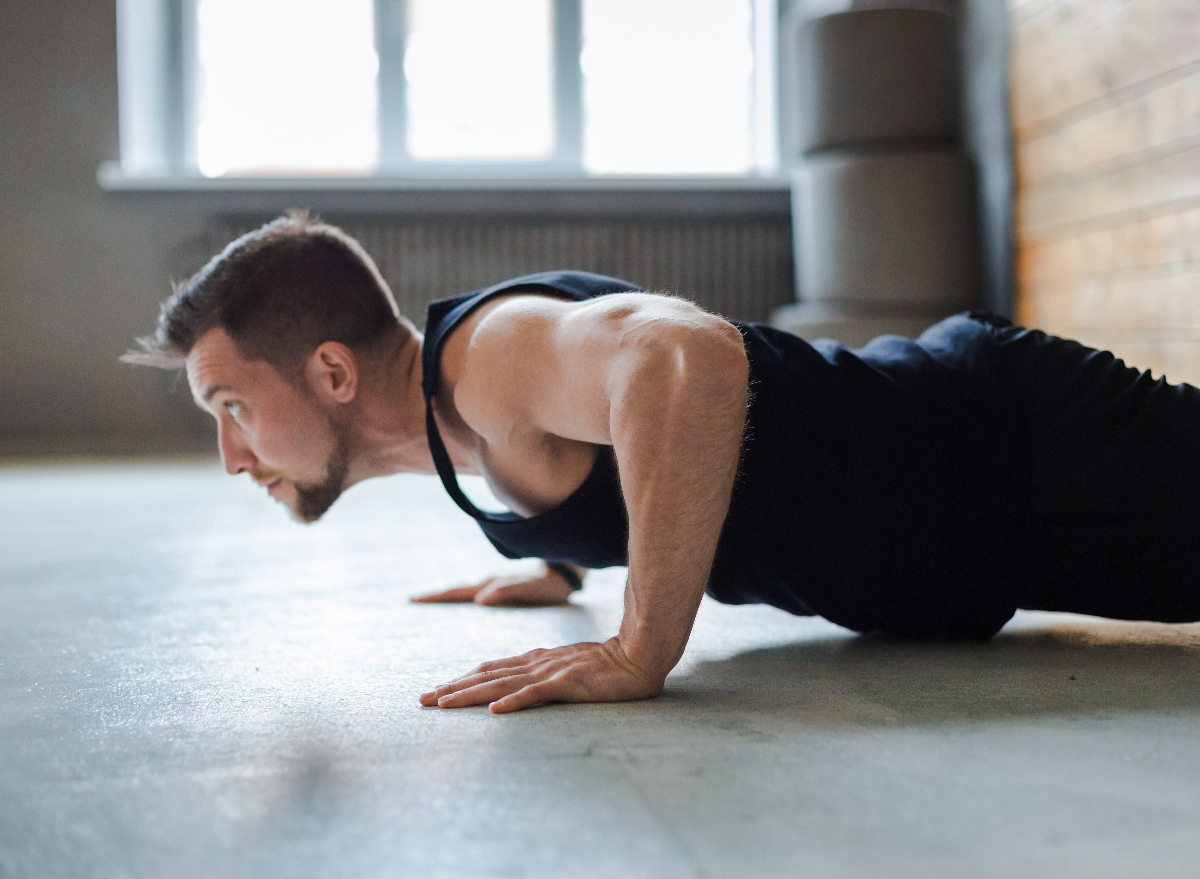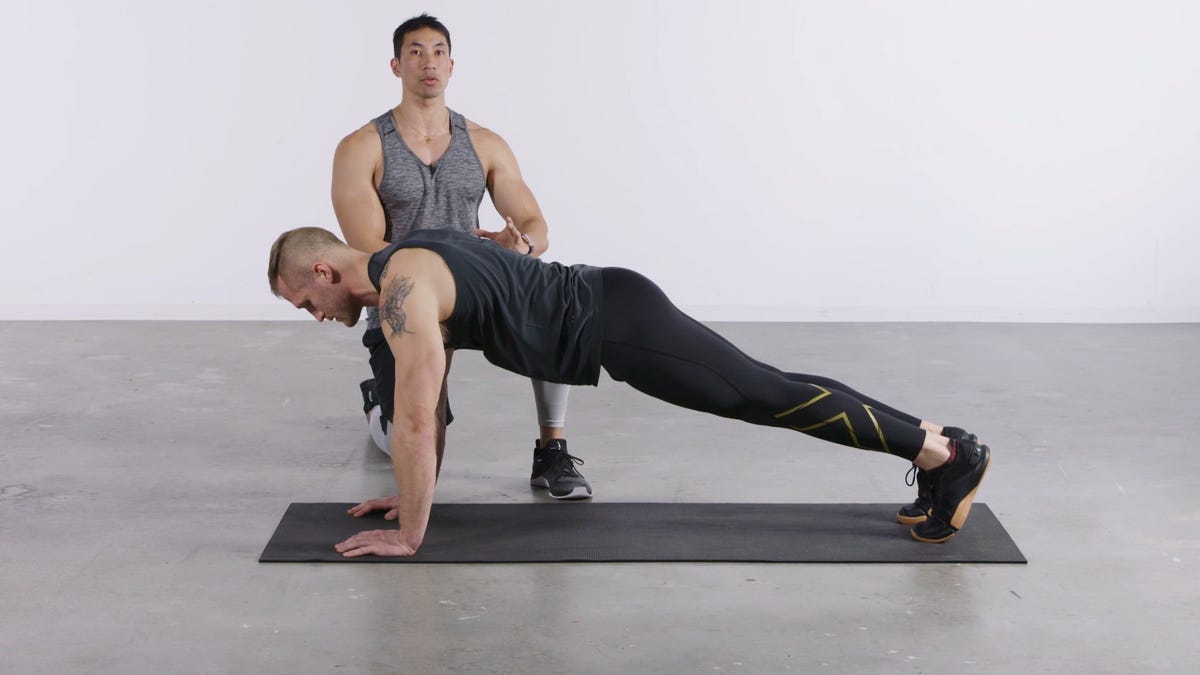Does Push Ups Burn Belly Fat

The morning sun streams through your window, illuminating dust motes dancing in the air. You roll out of bed, energized by a newfound commitment to health. Down on the floor, hands planted, core engaged, you begin. One, two, three... push-ups. A simple exercise, readily accessible, and promising to sculpt a stronger you. But amidst the burn in your chest and triceps, a persistent question lingers: are these push-ups truly torching that stubborn belly fat?
This question is at the heart of a common fitness misconception: that spot reduction—targeting fat loss in a specific area through exercise—is possible. While push-ups are undoubtedly beneficial for building muscle and boosting overall fitness, their direct impact on belly fat is more nuanced than a straightforward cause-and-effect relationship. Understanding the bigger picture of fat loss, energy expenditure, and muscle development is key to unlocking the truth about push-ups and their role in achieving a leaner physique.
The allure of spot reduction is understandable. We all have those areas we'd love to trim and tone with laser-like precision. Unfortunately, the body doesn't work that way. Fat loss is a systemic process, meaning that when you burn more calories than you consume, your body draws energy from fat stores throughout your entire body, not just from the area being exercised.
Think of your body as a fuel tank, and fat as the fuel within. When you expend energy through exercise, your body dips into that tank. It doesn't selectively drain fuel from the bottom (your belly) just because you're working out your arms and chest. Instead, it draws fuel from all over, prioritizing based on a complex set of hormonal and genetic factors.
The Push-Up: A Powerful Exercise in Its Own Right
Before we dismiss push-ups entirely in the quest for a flatter stomach, let's acknowledge their significant benefits. Push-ups are a compound exercise, meaning they engage multiple muscle groups simultaneously. This makes them highly efficient for building strength and muscle mass.
They primarily target the chest (pectoralis major and minor), shoulders (deltoids), and triceps. They also engage the core muscles, including the rectus abdominis (the "six-pack" muscles), obliques, and transverse abdominis, which are crucial for stability and posture.
Building muscle is crucial for fat loss. Muscle tissue is metabolically active, meaning it burns more calories at rest than fat tissue. By increasing your muscle mass through exercises like push-ups, you're essentially boosting your resting metabolic rate (RMR), making it easier to burn calories throughout the day, even when you're not exercising.
Push-Ups and Calorie Expenditure
While push-ups alone won't magically melt away belly fat, they do contribute to your overall calorie expenditure. The number of calories burned during a push-up workout depends on several factors, including your weight, intensity, and the number of repetitions performed.
A heavier person will generally burn more calories than a lighter person doing the same number of push-ups. Similarly, performing push-ups with greater intensity (e.g., explosive push-ups or decline push-ups) will burn more calories than standard push-ups.
According to research from organizations like the American College of Sports Medicine (ACSM), compound exercises that engage multiple muscle groups, like push-ups, can contribute significantly to calorie burn and overall fitness. However, it's important to remember that calorie expenditure is just one piece of the puzzle.
The Holistic Approach to Fat Loss
To effectively reduce belly fat, a holistic approach that combines exercise with a healthy diet is essential. Diet plays a far more significant role in fat loss than exercise alone.
Consuming a diet rich in whole, unprocessed foods, including lean protein, fruits, vegetables, and whole grains, while limiting processed foods, sugary drinks, and unhealthy fats, is crucial for creating a calorie deficit and promoting fat loss.
Cardiovascular exercise, such as running, swimming, or cycling, is also highly effective for burning calories and improving overall fitness. Combining cardiovascular exercise with strength training, like push-ups, provides a well-rounded approach to fat loss and muscle building.
The Role of Hormones
Hormones play a critical role in fat storage and metabolism. Stress hormones, such as cortisol, can contribute to abdominal fat accumulation. Chronic stress can lead to elevated cortisol levels, which can promote fat storage, particularly around the midsection.
Getting enough sleep, managing stress through techniques like meditation or yoga, and maintaining a healthy lifestyle can help regulate hormone levels and support fat loss efforts. Sufficient sleep is essential for hormonal balance, with studies indicating that sleep deprivation can disrupt hormones related to appetite and metabolism.
Leptin and ghrelin are two hormones that regulate appetite. Leptin signals to the brain that you're full, while ghrelin stimulates hunger. Disrupted sleep patterns can affect these hormones, leading to increased appetite and potential weight gain, especially around the abdominal area.
Beyond the Belly: The Bigger Picture of Health
Focusing solely on belly fat can be detrimental to overall well-being. While reducing abdominal fat can have significant health benefits, such as lowering the risk of heart disease, type 2 diabetes, and certain cancers, it's important to remember that health is about more than just physical appearance.
Prioritizing overall fitness, including cardiovascular health, strength, flexibility, and mental well-being, is essential for a long and healthy life. Push-ups, as part of a well-rounded fitness routine, can contribute to all of these aspects of health.
Remember, the journey to a healthier you is a marathon, not a sprint. Celebrate small victories, focus on consistency, and be patient with yourself. Don't let the myth of spot reduction discourage you from incorporating push-ups into your fitness routine. They are a valuable exercise that can build strength, improve your physique, and contribute to your overall well-being.
So, as you lower yourself into your next push-up, remember that you're not just targeting belly fat. You're building strength, improving your posture, and investing in your long-term health. Keep pushing, keep striving, and embrace the journey towards a stronger, healthier you. The toned arms and chest are just a bonus!

